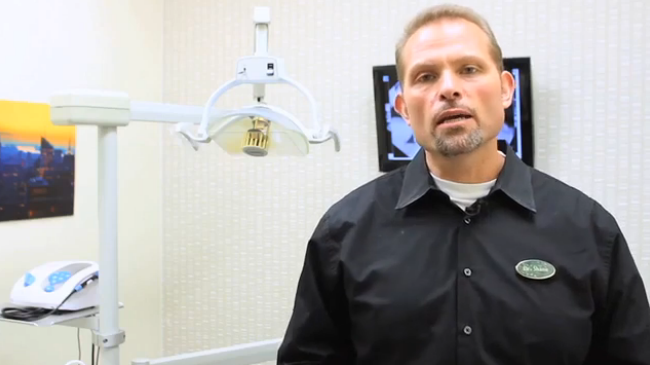Mark Walker, dentist: “3D printing will come to dentistry”
Examiner.com

Technology has improved our lives in so many ways. From smartphones to the Internet, the evolution of technology has advanced society immeasurably in the last two decades. One of the most noteworthy technological advancements in recent years is 3D printing. Despite the technology that makes 3D printing possible, which dates back to 1983, it is only in recent years that widespread applications for the futuristic printer have been developed.
Some of the most revolutionary applications expected of 3D printing will take place in the healthcare sector. Labs around the world are working on successfully printing tissue, organs and even small digits and appendages. “3D bioprinting” is a term that references the ability to grow tissue that can be used to promote organ growth, healing and production. Without sounding the hyperbole bell too loudly, 3D bioprinting may be the greatest medical breakthrough of this millennium.
“We can take materials like collagen, fibrin and alginate, which are the types of materials the body uses to build itself, and 3D print them," Adam Feinberg, a biomedical engineer at Carnegie Mellon University, told Live Science. “We can now build tissue-engineering scaffolds using these materials in incredibly complex structures that more closely match those of real tissues and organs in the body."
3D printing is also set to reshape the dental industry in coming years, as researchers and inventors inch closer to creating bioprinters that can print teeth. Researchers in the Netherlands have successfully printed a tooth implant made from an antimicrobial plastic that kills the harmful bacteria that causes decay. Essentially, this revolutionary tooth cleans itself.
“The material can kill bacteria on contact, but on the other hand it’s not harmful to human cells,” Andreas Herrmann of the University of Groningen explained in the New Scientist.
While the concept of printing a tooth is new, the idea of dental implants is not. Chairside Economical Restoration of Esthetic Ceramics (CEREC) has been around for three decades. CEREC sculpts or ‘mills’ a dental implant using high precision digital instruments and software a new tooth is molded out of porcelain.
While 3D dental implants will have the ability transform smiles, some dentists worry the bacteria killing teeth will lead to a regression in the oral hygiene habits of society. “Dentists, dental hygienists and health care professionals have worked hard to educate the public on the importance of oral hygiene,” Mark Walker, a dentist from Dutton, Ontario, said. “I worry that if we market teeth that clean themselves, people will digress from their regular oral care habits.”
The allure of teeth that never lose their luster and that kill 99 percent of bacteria is charming, but as Dr. Mark Walker pointed out, having one tooth that kills bacteria will hardly keep your entire mouth clean. “Realistically, 3D printed teeth will be for extreme cases,” dentist Mark Walker added. “I would discourage people from getting teeth extracted needlessly to get bacteria fighting implants.”
3D printed dental implants are still in the research and development phase; there is no word on life span or if the natural occurring salvia will break the teeth down over time. While developers boast being able to print a tooth in 6.5 minutes, brushing for two minutes twice a day, flossing regularly and visiting the dentist will ensure you never need a printed tooth.

